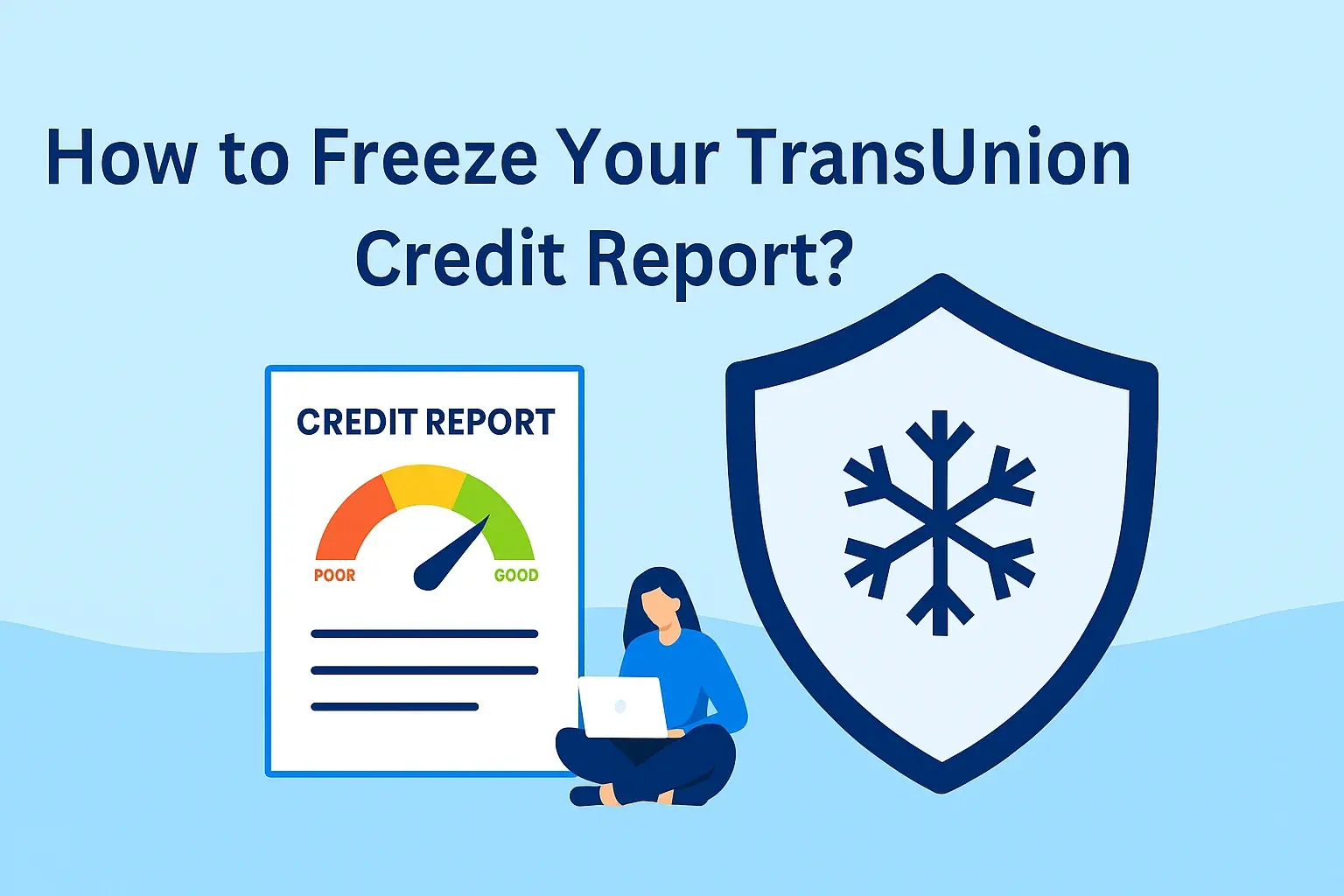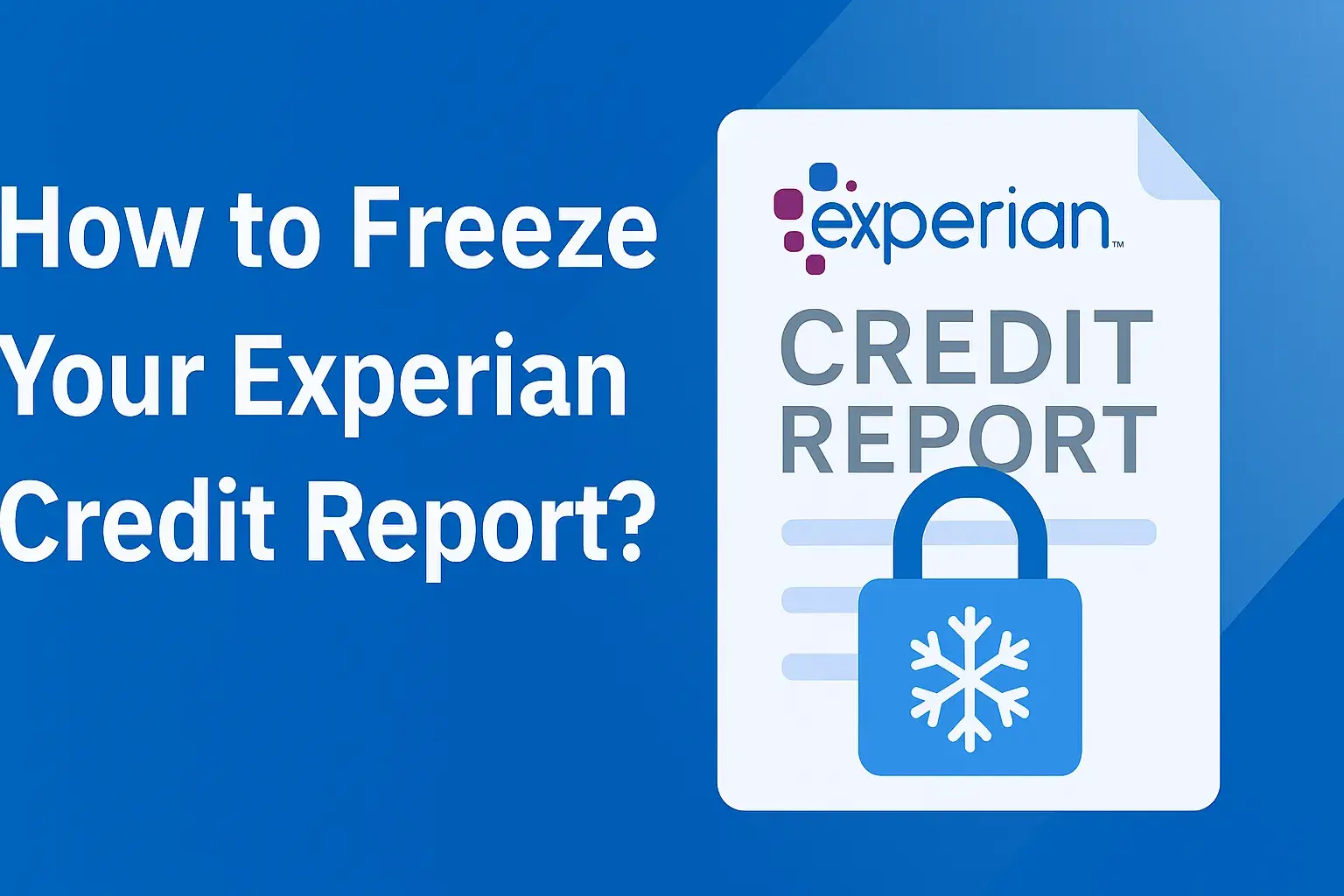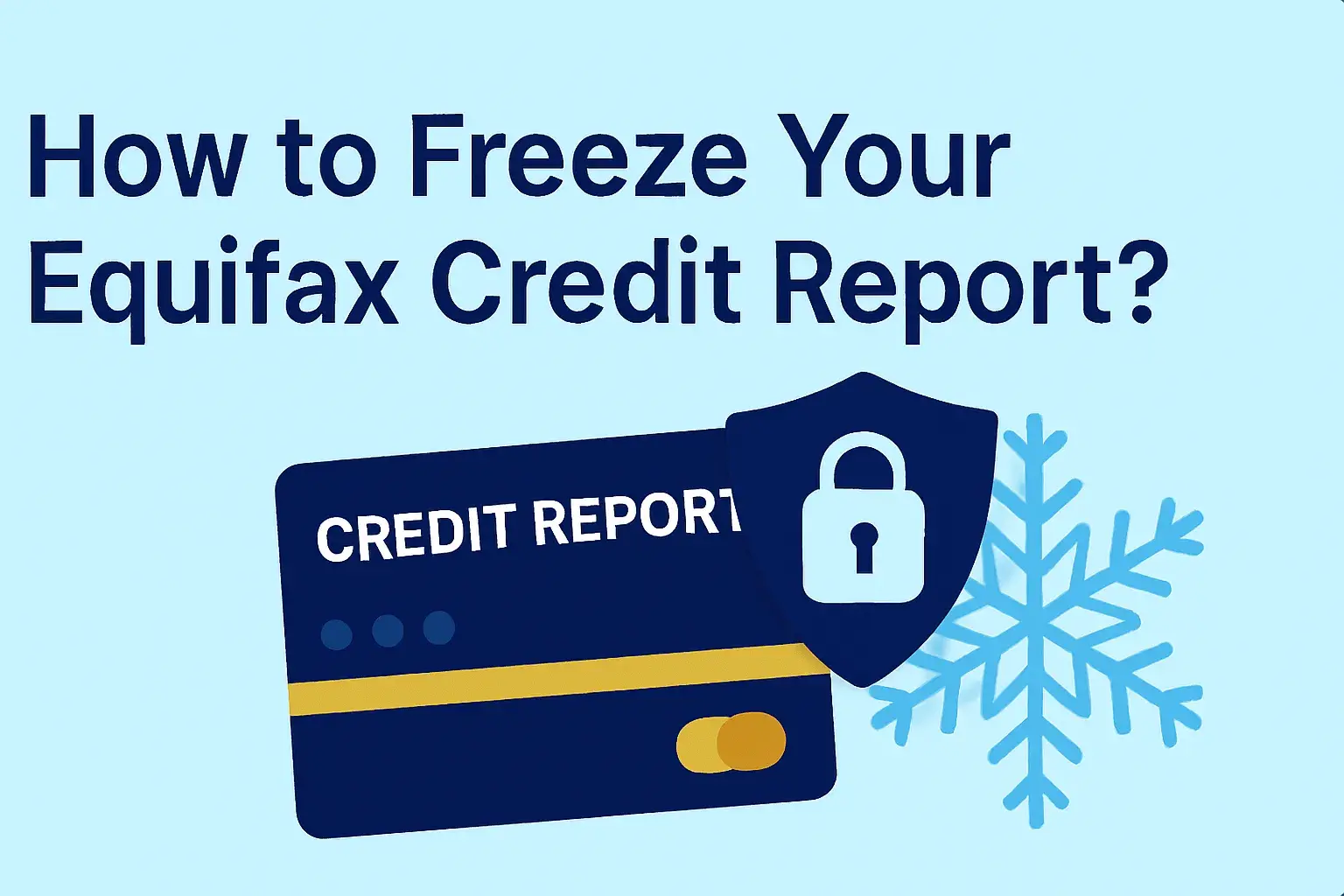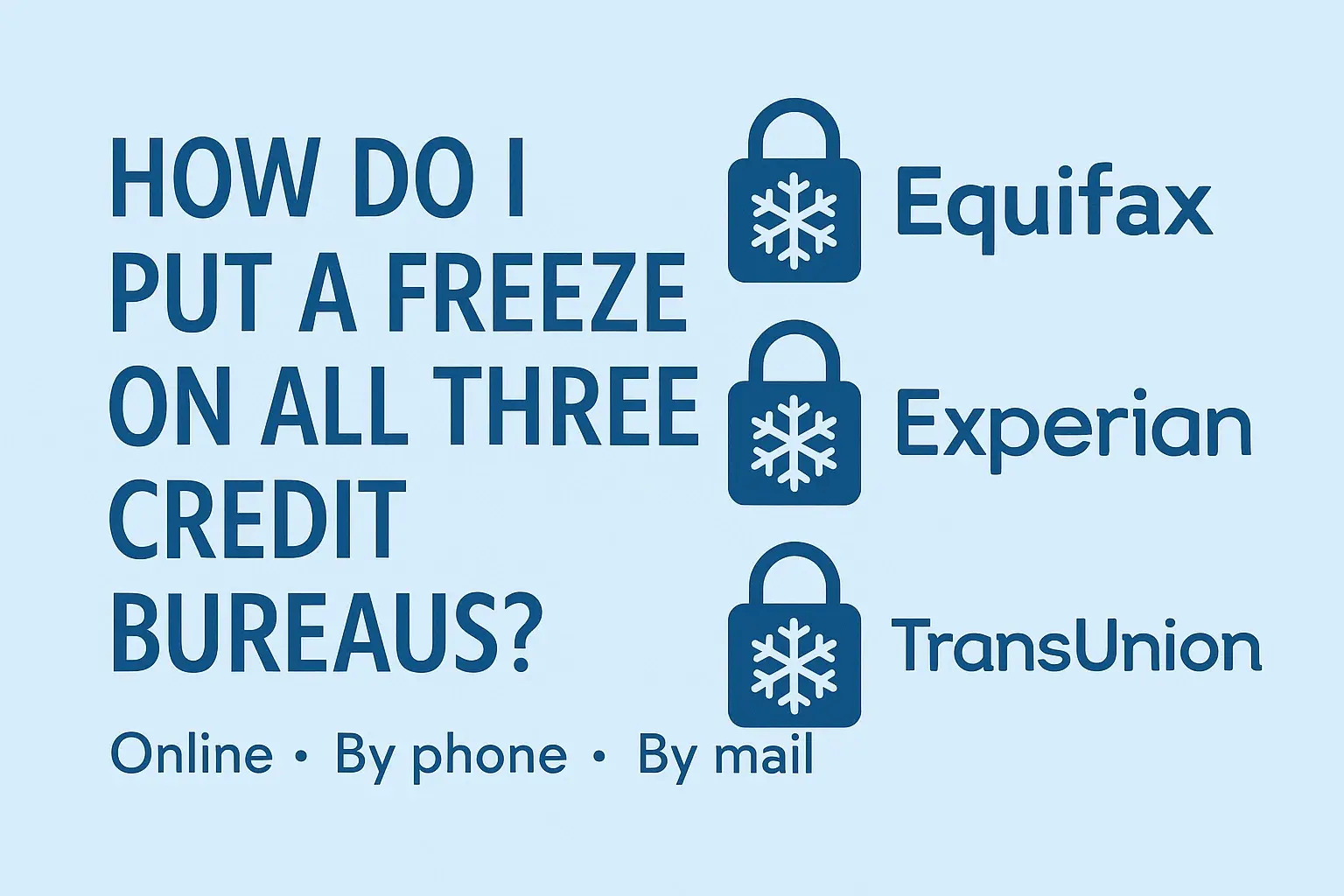-
Posted on: 25 Jul 2024
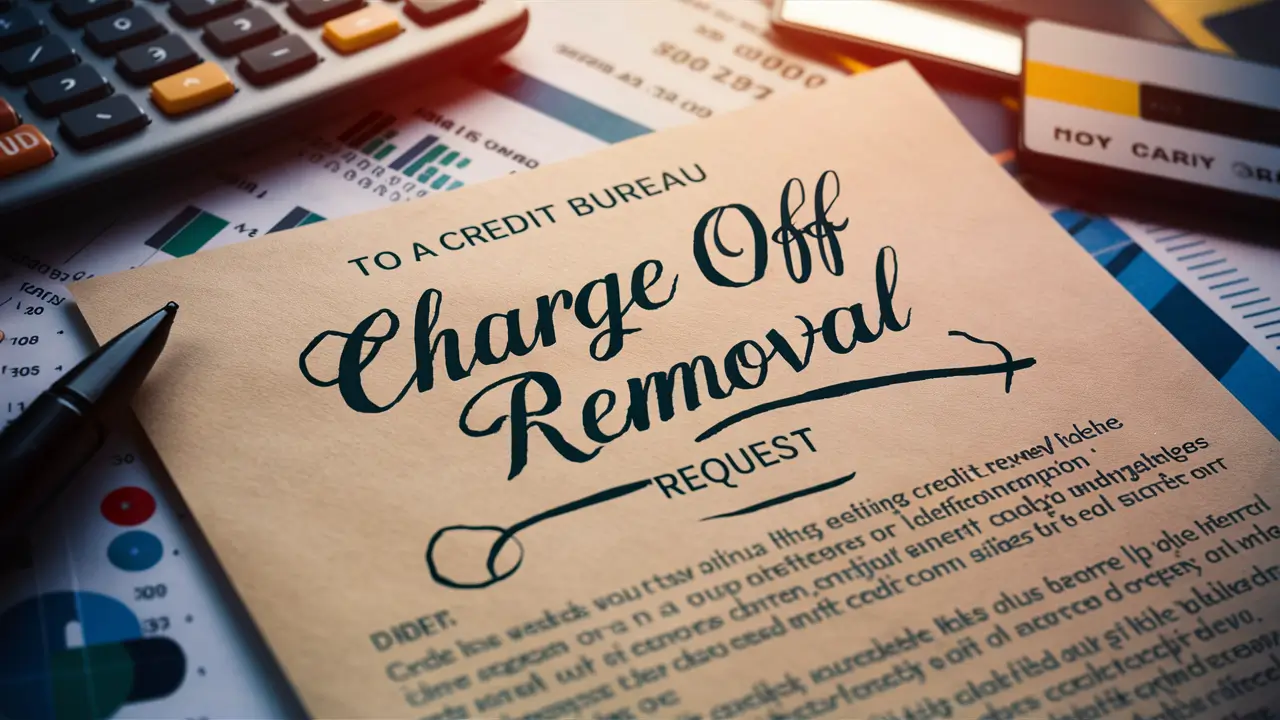
-
A "charge-off" on your credit report can significantly damage your credit score. Understanding how to address this negative mark is crucial for credit repair. One effective tool in your arsenal is the 611 letter. This comprehensive guide explains what a 611 letter is, how it works specifically for charge-offs, and how to use it to potentially improve your credit rating.
Understanding Charge-Offs
Before diving into the 611 letter, let's define what a charge-off is and why it impacts your credit score.
What is a Charge-Off?
A charge-off occurs when a creditor determines that a debt is unlikely to be repaid. This typically happens after several months of non-payment (usually 180 days for most loans and credit cards). While the creditor "charges off" the debt on their books as a loss, it does not mean the debt disappears. You are still legally obligated to repay the debt, and the creditor can still pursue collection efforts, including selling the debt to a collection agency.
How Does a Charge-Off Affect Your Credit Score?
A charge-off is a significant negative mark on your credit report. It indicates to lenders that you have a history of not repaying debts, making you a higher-risk borrower. The impact of a charge-off on your credit score can be substantial, particularly if you have a limited credit history or a generally good credit score. The older the charge-off gets, the less impact it has, but it remains on your credit report for seven years from the date of first delinquency.
The 611 Letter: Your Tool for Credit Repair
The 611 letter derives its name from Section 611 of the Fair Credit Reporting Act (FCRA). This section outlines your rights to dispute inaccurate, incomplete, or unverifiable information on your credit report. A 611 letter is a formal request sent to credit bureaus (Equifax, Experian, and TransUnion) to investigate and potentially remove such errors.
What is a 611 Letter?
In essence, a 611 letter is a formal written dispute you send to one or all of the three major credit bureaus (Equifax, Experian, and TransUnion). You use it to challenge information on your credit report that you believe is inaccurate, incomplete, or unverifiable. The credit bureau then has 30 days to investigate your claim.
How Does the Fair Credit Reporting Act (FCRA) Protect You?
The FCRA is the cornerstone of credit reporting regulations. It grants you several key rights, including:
- The right to a free copy of your credit report: You are entitled to a free credit report from each of the three major credit bureaus annually through AnnualCreditReport.com.
- The right to dispute inaccurate information: You have the right to dispute any information on your credit report that you believe is incorrect, incomplete, or unverifiable.
- The right to have your disputes investigated: Credit bureaus are obligated to investigate your disputes within 30 days.
- The right to have inaccurate information corrected or deleted: If the credit bureau cannot verify the disputed information, it must be corrected or deleted from your credit report.
- The right to add a consumer statement: You can add a 100-word statement to your credit report explaining your side of the story regarding any negative items.
Using a 611 Letter for a Charge-Off
Now, let's focus on how to specifically use a 611 letter to address a charge-off on your credit report.
Identifying Inaccuracies in the Charge-Off
The first step is to carefully examine the charge-off listed on your credit report. Look for any discrepancies or inaccuracies, such as:
- Incorrect Account Number: Is the account number listed correctly?
- Incorrect Balance: Is the amount owed accurate? Has interest or fees been miscalculated?
- Incorrect Date of First Delinquency: This date is crucial because it determines when the charge-off will be removed from your credit report (seven years from this date). Is the date accurate?
- Account Not Yours: Could this be a case of identity theft? Do you recognize the creditor?
- Account Already Paid: If you've already paid the debt, the charge-off should be updated to reflect this.
- Violation of Debt Collection Practices: Were you treated unfairly or harassed during collection efforts? This might be a violation of the Fair Debt Collection Practices Act (FDCPA).
- The account is listed as 'charged off' when payments were made on time Review your statements to check the record of payments
Crafting Your 611 Letter
Once you've identified potential inaccuracies, it's time to write your 611 letter. Here are the key elements to include:
- Your Full Name and Address: Make sure this matches the information on your credit report.
- Social Security Number: Include this for identification purposes.
- Date of Birth: Another piece of identifying information.
- A Copy of Your Driver's License or State-Issued ID: To verify your identity.
- A Copy of Your Credit Report: Highlight the specific charge-off you are disputing.
- Clear and Concise Explanation of the Inaccuracy: Explain precisely what you believe is inaccurate and why. Be specific and provide supporting documentation if possible.
- Account Number: Identify the specific account associated with the charge-off.
- Your Desired Outcome: State clearly what you want the credit bureau to do (e.g., investigate and remove the charge-off).
- Your Signature: A handwritten signature is important.
Sample 611 Letter Template for a Charge-Off
Here's a sample template you can adapt to your specific situation:
[Your Full Name] [Your Address] [Your City, State, Zip Code] [Your Social Security Number] [Your Date of Birth] [Date] [Credit Bureau Name] [Credit Bureau Address] [Credit Bureau City, State, Zip Code] Subject: Dispute of Inaccurate Information – Account Number: [Account Number] Dear [Credit Bureau Name] Dispute Department, I am writing to dispute the following inaccurate information on my credit report, a copy of which is enclosed. Specifically, I am disputing the charge-off reported by [Creditor Name] with account number [Account Number]. [Clearly explain the inaccuracy. Choose one or more of the following examples, adapting them to your situation:] * **Example 1 (Incorrect Date of First Delinquency):** The date of first delinquency listed on my credit report is [Date]. This is incorrect. The correct date of first delinquency is [Correct Date]. I have attached [Supporting Documentation - e.g., payment history] to support my claim. * **Example 2 (Incorrect Balance):** The balance reported as owed on this account is [Amount]. This is inaccurate. The correct balance is [Correct Amount] due to [Reason - e.g., overpayment, error in calculation]. I have attached [Supporting Documentation - e.g., payment receipts, account statements] to support my claim. * **Example 3 (Account Not Mine):** I do not recognize this account. I believe this may be a case of identity theft. I have filed a police report and contacted the creditor directly. * **Example 4 (Account Already Paid):** This debt was paid in full on [Date]. I have attached a copy of the payment confirmation as proof. The charge-off should be updated to reflect a zero balance. * **Example 5 (Violation of Debt Collection Practices Act):** The debt collection agency [Name of Debt Collection Agency] violated the Fair Debt Collection Practices Act (FDCPA) when attempting to collect this debt. They [Explain the specific violation – e.g., harassed me with repeated phone calls, threatened legal action without justification]. I request that you investigate this matter thoroughly and remove or correct the inaccurate information from my credit report as soon as possible. Thank you for your time and attention to this matter. Sincerely, [Your Signature] [Your Typed Name] Enclosures: * Copy of Credit Report (highlighted) * Copy of Driver's License/State ID * [List of Supporting Documentation - e.g., Payment History, Bank Statements, Police Report]
Important Notes:
- Customize the template: This is just a template. Be sure to tailor it to your specific situation and provide accurate information.
- Be specific: The more specific you are about the inaccuracy, the better.
- Include supporting documentation: Whenever possible, include documentation that supports your claim.
- Send certified mail with return receipt requested: This provides proof that the credit bureau received your letter.
- Keep copies: Keep copies of your letter and all supporting documentation for your records.
Sending Your 611 Letter
Send your 611 letter via certified mail with return receipt requested to each of the three major credit bureaus:
- Equifax: P.O. Box 740256, Atlanta, GA 30374
- Experian: P.O. Box 4500, Allen, TX 75013
- TransUnion: P.O. Box 2000, Chester, PA 19016
What to Expect After Sending Your 611 Letter
Once the credit bureau receives your letter, they have 30 days to investigate your claim. During this investigation, they will contact the creditor who reported the charge-off to verify the information. The creditor then has a certain period to respond to the credit bureau.
After the investigation is complete, the credit bureau will notify you of the results. The notification will either state that the information has been verified (in which case, the charge-off will remain on your credit report) or that the information has been corrected or deleted (in which case, the charge-off will be updated or removed from your credit report).
What If the Credit Bureau Verifies the Charge-Off?
If the credit bureau verifies the charge-off, you have several options:
- Send a Debt Validation Letter: This letter, sent directly to the creditor or collection agency, requests them to provide proof that they legally own the debt and that the amount owed is accurate. They must provide documentation such as the original contract, payment history, and evidence of ownership.
- Add a Consumer Statement to Your Credit Report: You can add a 100-word statement to your credit report explaining your side of the story regarding the charge-off. This statement will be visible to potential lenders.
- Negotiate a Settlement: You can attempt to negotiate a settlement with the creditor or collection agency. You might be able to pay a portion of the debt in exchange for them updating the charge-off to reflect that the debt has been settled or, ideally, removing the negative mark altogether (a "pay-for-delete" agreement, though these are less common now). Get any agreement in writing before making any payment.
- Consult with a Credit Repair Professional: If you are struggling to navigate the credit repair process, you may want to consult with a reputable credit repair professional.
Persistence is Key
Credit repair is rarely a quick fix. It often requires persistence and patience. Don't be discouraged if your initial 611 letter doesn't result in the immediate removal of the charge-off. Continue to explore your options, gather supporting documentation, and follow up with the credit bureaus and creditors.
Beyond the 611 Letter: Building Good Credit Habits
While a 611 letter can be a valuable tool for addressing inaccurate information, it's important to focus on building good credit habits to prevent future credit problems. This includes:
- Paying Bills on Time: This is the most important factor in your credit score.
- Keeping Credit Card Balances Low: Aim to keep your credit utilization (the amount of credit you're using compared to your credit limit) below 30%.
- Avoiding Opening Too Many New Accounts at Once: Opening multiple credit accounts in a short period can lower your credit score.
- Regularly Monitoring Your Credit Report: Check your credit report regularly for any errors or suspicious activity.

